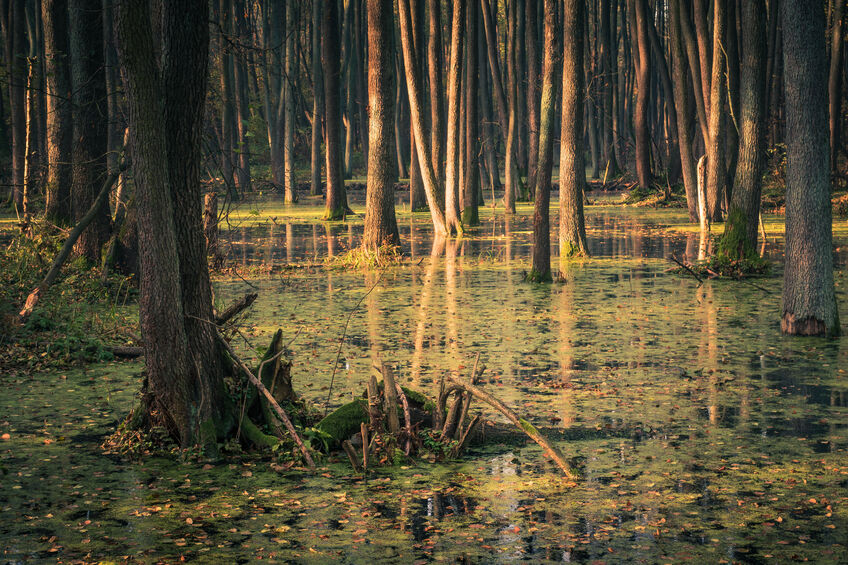 When working on any construction project, part of your job is to be considerate of the environment around you. For some sites, this simply means using basic ground protection and cleaning up after the work is complete. For other, more environmentally-sensitive areas, increased planning and safety measures are required to minimize your impact.
When working on any construction project, part of your job is to be considerate of the environment around you. For some sites, this simply means using basic ground protection and cleaning up after the work is complete. For other, more environmentally-sensitive areas, increased planning and safety measures are required to minimize your impact.
Wetlands are one of the most fragile ecosystems where construction teams and environmental contractors often have to work. If you have a wetland project coming up, keep in mind the following tips to help you work safely, efficiently, and with minimal disruption to the environment.
Get the proper permits before you begin construction.
If you’ll be doing any construction work near a body of water, you should have an environmental consultant complete a wetland survey. Should they find jurisdictional wetlands on your site, you will need to obtain the proper permits to operate—Section 10/404 permits and any state permits. If you can complete your project without disturbing the wetlands, however, you won’t need permits.
Develop a strategy to protect the land and your equipment.
When creating a construction plan for projects near wetlands, your strategy should include low-impact design principles to minimize the risk of damaging your environment. Primarily, this will mean building a temporary access road using crane mats, on which you can safely operate your equipment. The mats you use should be wide, so the weight of your machinery can be distributed more broadly and evenly to prevent sinking. You will also want to prepare your site with methods for erosion and sediment control.
Clean the site regularly throughout your project.
There are many potential pollutants from construction work that can find their way into nearby wetlands and water bodies. You must be extra cautious when working in these areas to keep your site clean and reduce water pollution. Plan to pick up debris from your project regularly for its duration. Place it in covered dumpsters and have those emptied frequently. Clearing storm drains and using non-toxic materials, when possible, will also help keep nearby wetlands healthy and undamaged.
The hardwood timber ground mats we offer for sale and rental at Ritter Forest Products are designed to make industrial work in environmentally-sensitive areas easier. With our mats, you’ll be able to create sturdy temporary roads that protect the ground you’re working on, allowing your team to work safely and productively without causing any unnecessary harm.
Contact us today to discuss hardwood mats for your next project!








